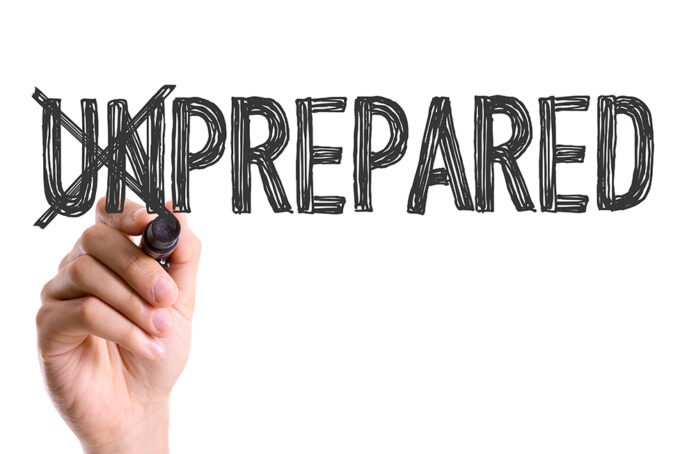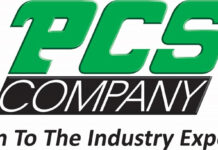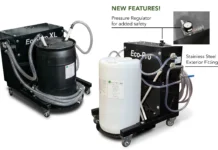By Teresa Schell, president and owner, Vive
The role of a marketer typically focuses on all the positive elements of a company’s brand; new investments in equipment, expansions, added capabilities, etc. However, unlucky situations can strike an organization without warning, leading to the necessity for public communication. In the fog of sadness or frustration, it’s critical to reach out to the marketing director to get the word out without delay to avoid misinterpretations. All marketers understand sometimes bad news spreads faster than good.
The right time to begin thinking about post-tragedy communication is before the crisis begins; however, it doesn’t always make the top of corporate agendas. When tragedy does hit, the first emphasis is evaluating the stakeholders in the brand community, including customers, employees, partner organizations and vendors. Much like conducting a tornado or fire drill, prompting a formal conversation with the executive leadership team regarding the proper communication chain, techniques and channels should be addressed in a mock-run discussion. In instances of accident, negligence or incompetence, details must be communicated and timelines must be followed with transparency in order to protect relationships or cause further harm. Developing positive associations with industry publications and journalists from local and national news channels will aid in the proper pace, avoiding the urge for fast news that lacks all the details.
Media Communication
Vive supported a client during a horrific tragedy after reporting the news of an employee’s passing while working on the production floor. The death was not a result of failed safety procedures, but an accidental decision. This dreadful news required quick details and reporting to local news channels and industry outlets. This required immediate marketing team discussion with the editor explaining the company’s plan, that a press release would momentarily be available and to respect the time required for accurate, specific details before posting any news.
Thankfully, having professional relationships with media channels in the plastics industry served favorably during this much-needed period of grace. Emphasizing that this manufacturer was a “people first” organization, the leadership team was extremely swift in identifying the facts and reviewing all exercised safety protocols. The first announcement was meant to be brief and to the point, while acknowledging condolences in a simple, sympathetic tone. Knowing there would be subsequent news releases shared, the following serves as an example of the first submitted press release:
XYZ Company Reports Death Due to Work Injury
- Opening sentence clarifying in 60 words the details of the tragedy and that OSHA had been notified.
- One complete sentence illustrating empathy for the victim’s family.
- A closing sentence exemplifying the company’s strong commitment to safety.
Employee and Customer Communication
The next step was to communicate a consistent voice to the employees and offer onsite counseling resources to the teammates, allowing them to discuss the emotional impact of the crisis. This was followed by planned communication and tactics for how similar situations will be prevented in the future. While safety always was a major focus on the production floor, the client aligned a team to enhance the efforts so that future communication with customers and the industry could be publicized. Due to this fact, customers will be eager to learn about the actions the organization is taking to prevent the issue from occurring again.
Communication should outline the company’s vision for preventative safety to prove that real action is being taken – offering peace of mind to customers and employees. The team should focus on a) what happened and why; b) how the customer will be impacted; c) steps to address the problem, in both the short and long term; and d) when the brand stakeholders should expect a follow-up from the company. Communicating what the company will do next is a best practice because customers and employees will have many questions and concerns. The brand audience will want to know the actions the company is taking to prevent future missteps.
In the case of Vive’s client, it was assumed that crisis communication efforts would reach the media quickly, with media potentially taking fragments of messaging or sentences to support their journalism. While this may come with the territory of running a business, it should serve as a reminder to analyze each sentence out of context, so that it accurately represents what the company wants to be heard. Being responsible is the first note, but also understand that readers have short memories and require subsequent messages to concentrate on the accurate elements of the storytelling.
In summary, the following steps are recommendations a company effectively can enact when tragedy strikes.
Quickly present the message. This is not business-as-usual communication. At a time when nothing is usual, don’t be the cause of disconnect. Deliver an accurate and concise press release without delay. Don’t go dark because otherwise the message will be written for the company by others.
Act from the lens of others. Put yourself in the shoes of your customers and employees. They could be experiencing fear, sadness, helplessness or anger. What’s top of mind for customers and employees is the only lens that matters in that moment. Show care and offer the right help. The company should show support for the affected community and empathize with the same shock and sadness.
Leverage the right communication channels. After the formal press release, utilize social media channels to control the story with facts and empathy. This allows readers to know the company is with them, sharing words of comfort while offering tangible help, which puts a human face on the company’s brand.
Overcome loss with a recovery plan. Inspire teammates from multiple disciplines of the organization to take a heartfelt interest and involvement in the business tragedy recovery. Encourage their involvement with specific responsibilities regarding improvements on the production facility, advanced internal communication techniques or details crafted in a formal crisis protection plan, designed to cause less chaos should another form of catastrophe occur.
Sometimes bad things happen to good people. Finding a way to frame the tragic event properly can make the difference between a lost customer (or employee) and a devoted one. No business can afford to be tone-deaf in a moment of crisis. Along with the marketing director, there needs to be good judgment to make a given situation work for the organization rather than against it. A company should exercise caution about thinking of opportunities to do anything besides helping its brand audience feel comforted and in the know. A well-written response can be a legitimate means of sustaining brand confidence and trust. Manufacturers can’t control what others say but can control how a company operates and presents itself during difficult times. Let’s hope these measures never have to be exercised and marketing efforts can concentrate on all the positives of the business!
First known as Strategic Marketing Partners, Teresa Schell co-founded the marketing company in 2007. In 2012, Schell acquired sole ownership and rebranded the company to Vive – a full-service agency uniquely focused on the plastics and metals industry – and continues to transform organizations into strong branded companies that accentuate the strengths of their businesses today. Schell has worked her entire professional career in manufacturing, so she knows how to lead companies to pursue the best branding and marketing strategies for their particular manufacturing business.
More information: www.marketingformanufacturers.com or email tschell@vive4mfg.com





